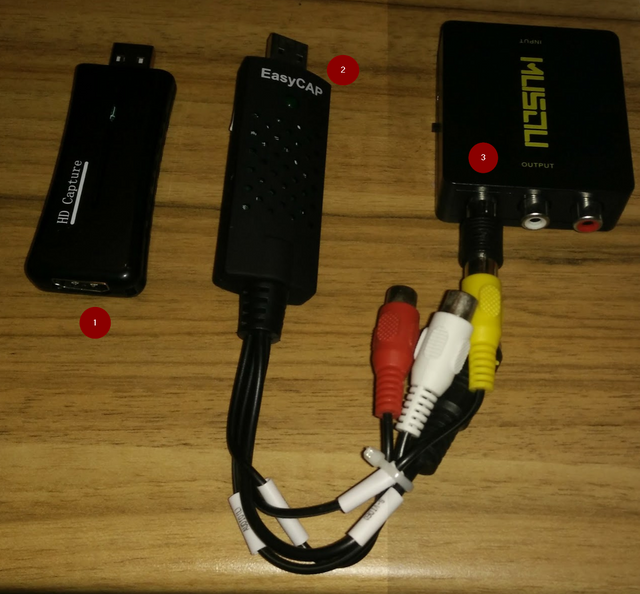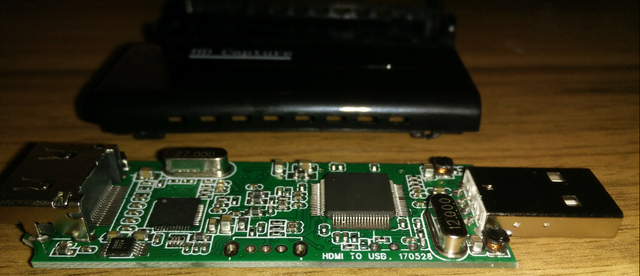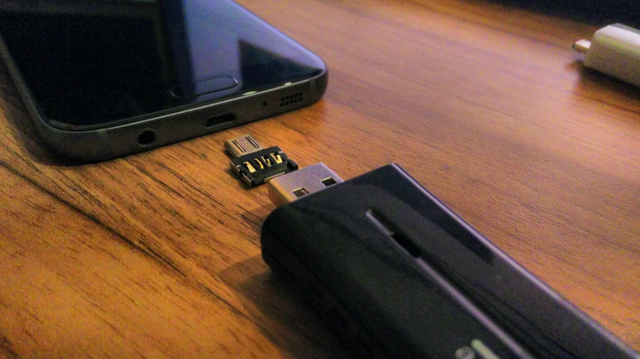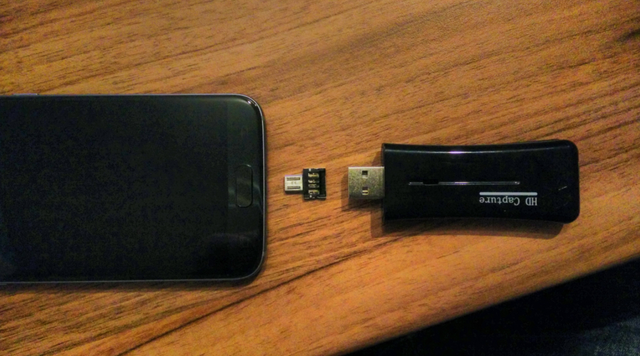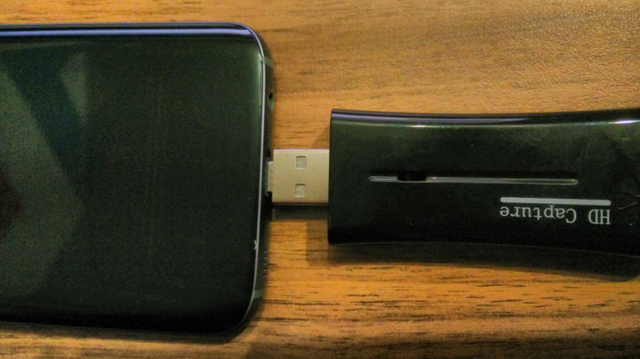When it comes to Raspberry Pies, it's all fun and games until one of them doesn't boot anymore. If you are lucky, you can attach your TV or a Computer screen to the HDMI or Composite port and watch the boot messages. My recent routine got a little uncomfortable as I tend to have my devices in a stacking enclosure and cannot carry them to the TV. It now mostly got like this:
- Power off the problematic Raspberry Pi
- Power off the Hyperion (Ambilight-Clone) Raspberry Pi attached behind the TV
- Change the cabling of the TV to output Hyperion's boot messages.
- Swap the SD cards
- Power it up and watch the boot messages of the problematic Raspberry Pi's SD Card in the Hyperion Pi
- Write it down
- Try to fix it
- Swap & repeat
DIY HDMI Screen
Alright, we can't have it completely free, but we don't need a new display-and-battery whatever. Look at this:I recently found a very cheap HDMI USB grabber on Ebay. If you already built an Ambilight clone, you may recognize the hardware on the center and right hand side. They are a combination of a (2) Composite USB Grabber and a (3) HDMI to Composite Converter, which - in combination - resemble a pretty ugly HDMI USB Grabber. The Converter even needs extra power. That's not a good portable solution. Also the quality of the image sucks, because it is a digital signal converted to 480p analog video and then back to HDMI (still at 480p, because the pixels are lost forever).
There is an (1) All-In-One solution available now. Unfortunately it doesn't have better specs, but it does not need extra power and is a lot smaller and handier. I took it apart and it uses almost the same circuitry as the combination of (2) and (3). It even converts it down to analog and back to digital, but without the signal loss of the connectors and cables:
Some of the chips are unmarked. I appreciate any identification hints.
If you don't use a tablet with an USB A port, you might also need a microUSB to USB A (or USB C to USB A, if you are not using a 2014 phone) adapter. They are very cheap and (at least in the case of Micro-USB) only consist of wire traces without any logic or ICs. Some of mine look like this:
Fits acceptably. Now we still need a piece of software to view the grabber's video input. All of my tested grabbers use EasyCap-compatible chipsets. The modules are usually included in the linux-firmware and work with any Video-For-Linux compatible software. If you use an Android smartphone there are multiple apps that work just fine. I chose "USB Camera" by ShenYao China which is free but shows banner advertisements.
Let's plug in a Raspberry Pi and start it up:
The video quality is pretty bad. I recommend to reduce the default HDMI resolution of the Raspi to something lower to increase readability. After that, and with the pinch-to-zoom functionality of the app, I can now use it for debugging misbehaving hardware without the hassle of disconnecting and moving stuff. Great!
I also switched to this USB HDMI Grabber for my Hyperion-based Ambilight clone. It produces absolutely no green flashes (grabber dropouts) and saves a lot of space behind the TV. Do you have any other applications in mind? Let me know in the comments below!
Links
USB HDMI Grabber
- Ebay search: "USB HDMI Grabber", Worldwide, Free Shipping
- https://www.ebay.de/itm/Mini-HD-USB-2-0-Port-HDMI-1080P-60fps-Monitor-Video-Capture-Card-for-Laptop-PC/162779624158
- https://www.ebay.de/itm/Mini-Portable-USB2-0-Port-HD-1-Way-HDMI-1080P-Video-Capture-Card-for-PC/323065388689
MicroUSB OTG Adapter
- Ebay search: "USB OTG mini", Worldwide, Free Shipping, New
- Germany: https://www.ebay.de/itm/Micro-USB-Typ-B-mini-OTG-Adapter-Stecker-auf-USB-Buchse-Typ-A-2-0-Host-Stick/111921086887
- China, 2pcs: https://www.ebay.de/itm/10x-Micro-USB-Typ-B-mini-OTG-Adapter-Stecker-auf-USB-Buchse-Typ-A-2-0-Host-Stick/302250653458
